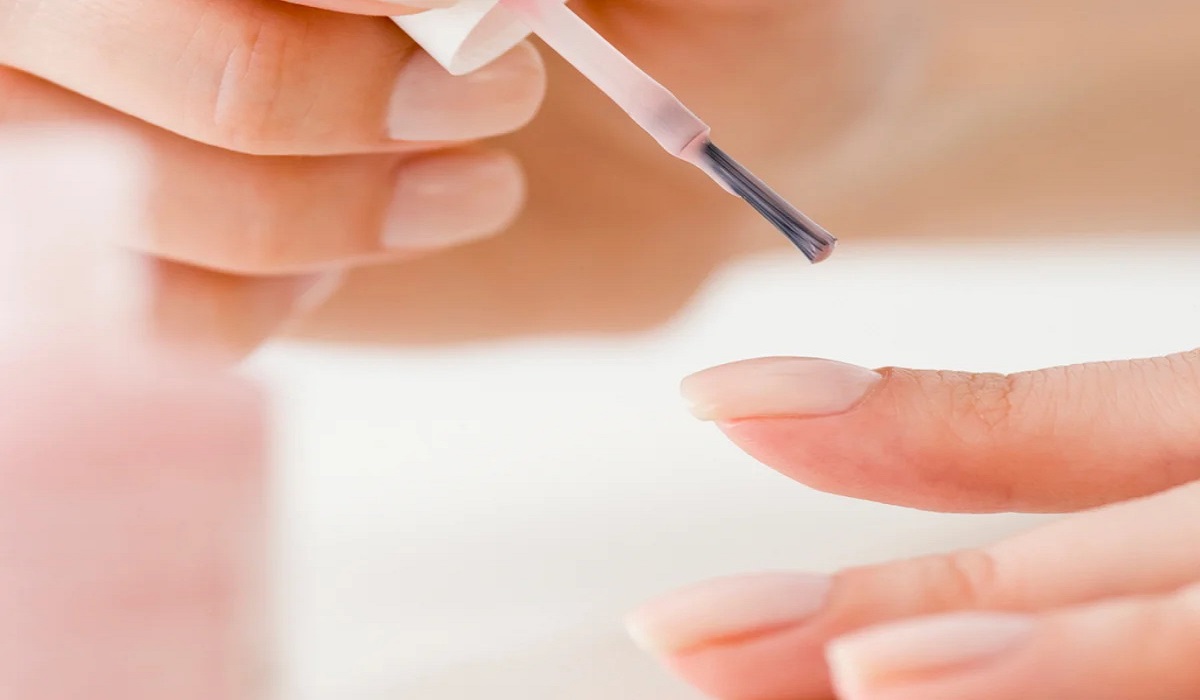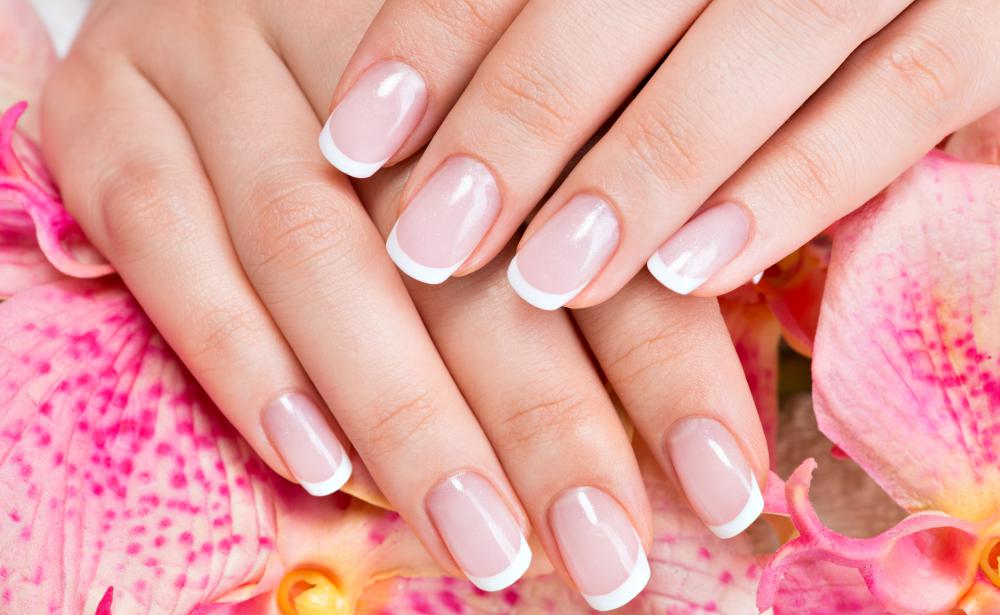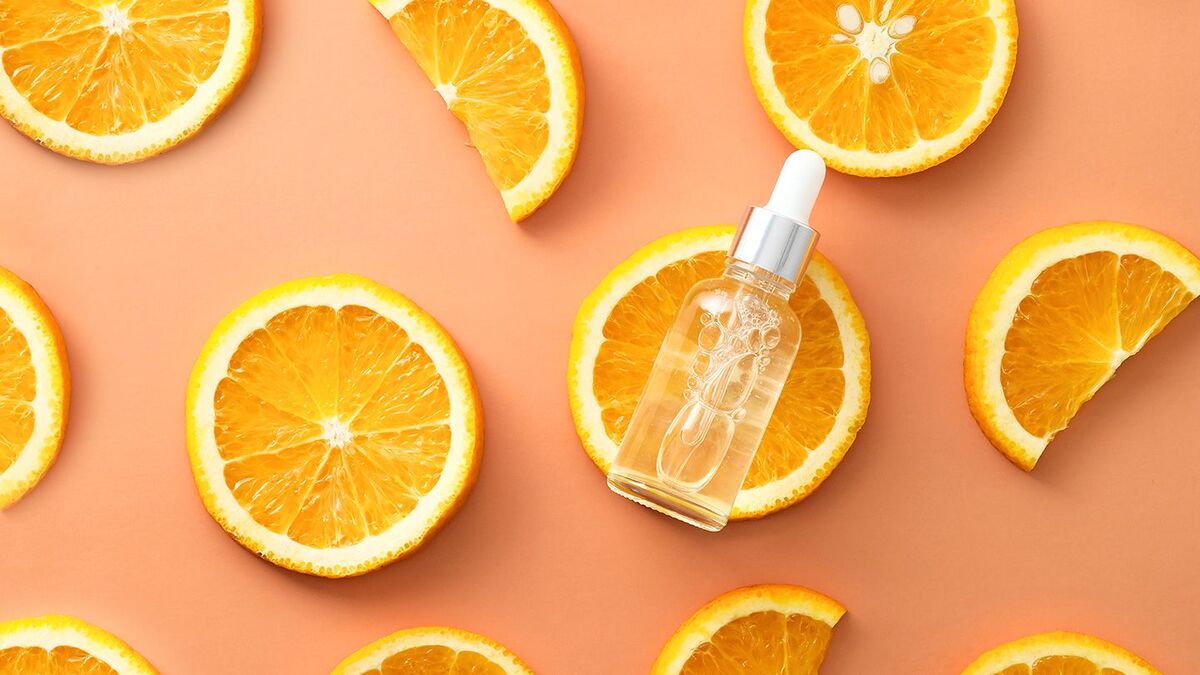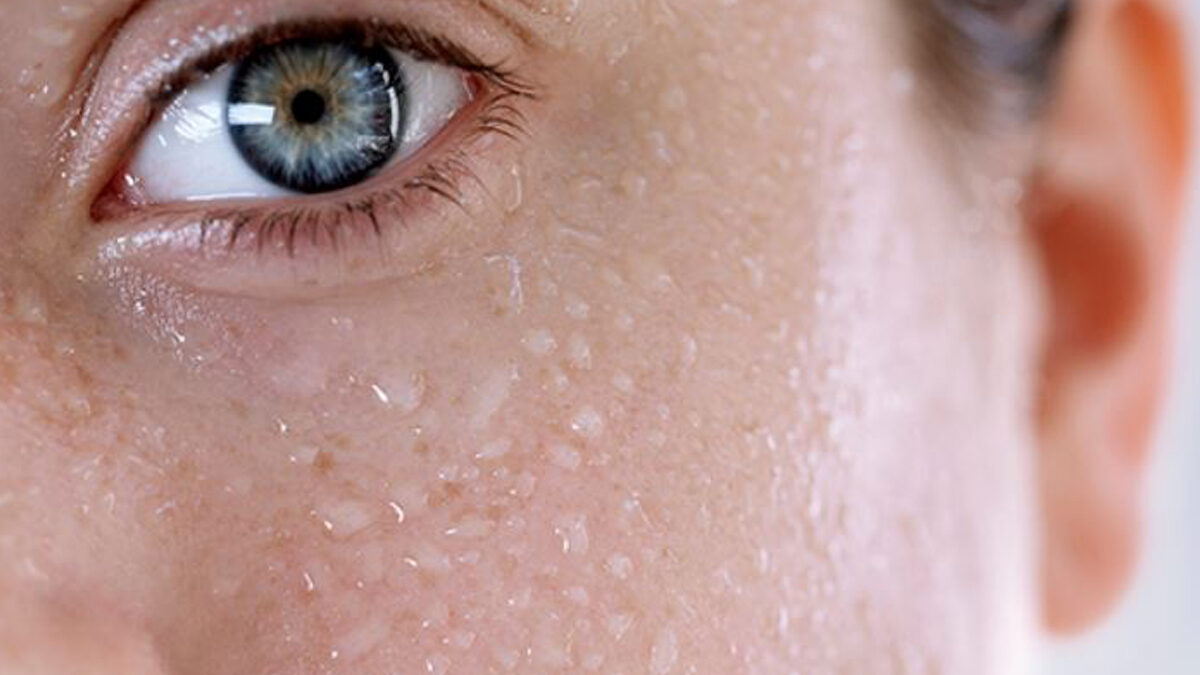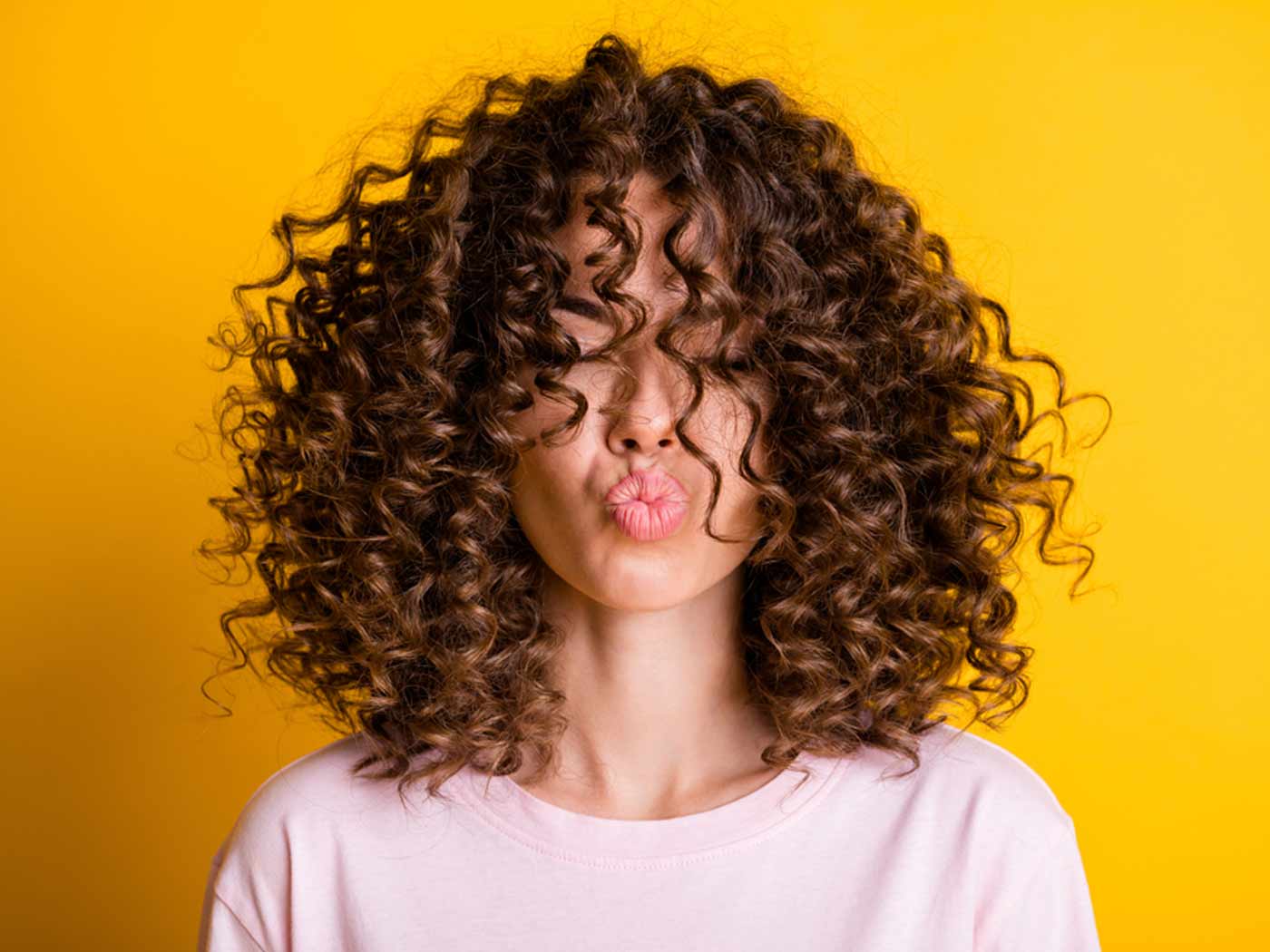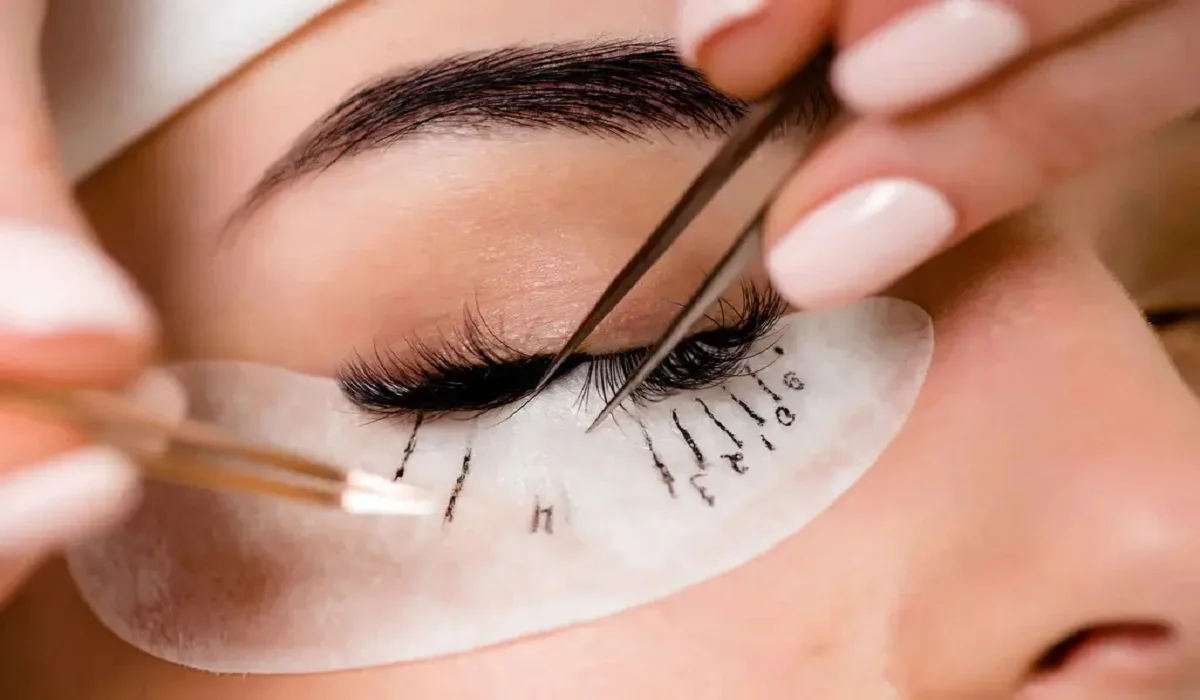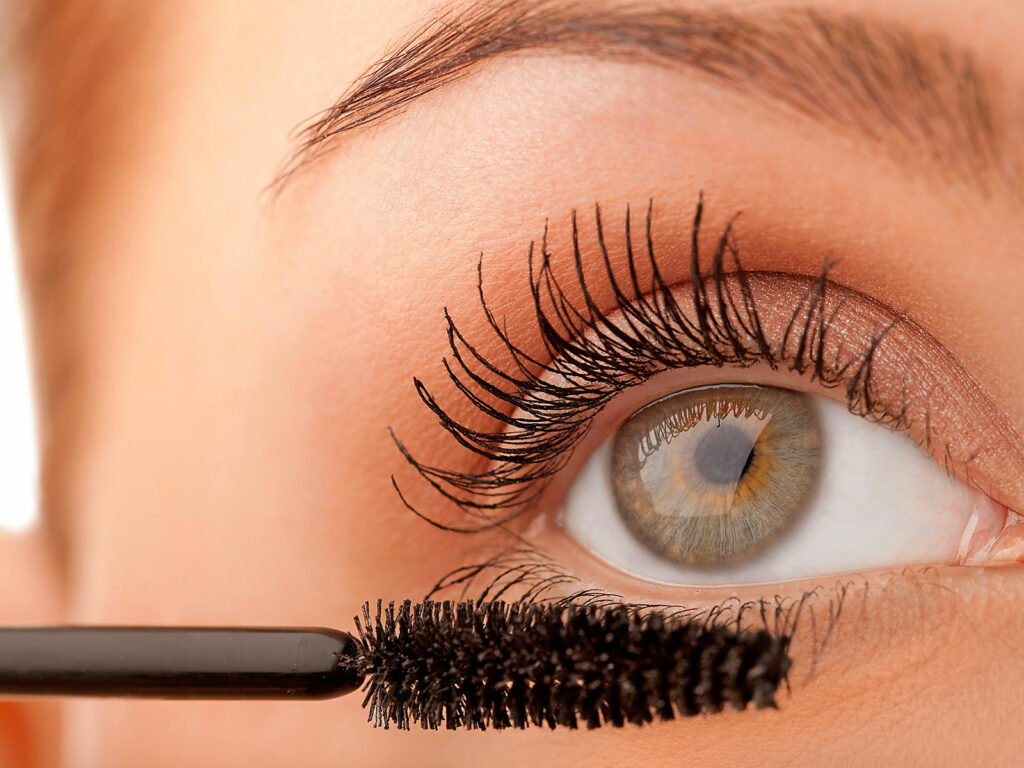
Mascara is an essential makeup item that can enhance the look of your eyelashes by making them appear longer, thicker, and more voluminous. But, have you ever wondered why there are so many types of mascara brushes available in the market? Each brush has its unique shape, size, and bristle type, which can affect the application, formula, and overall results of your mascara.
In this comprehensive guide, we’ll dive into the different types of mascara brushes, their features, and how they can impact your lash game. Whether you’re a makeup newbie or a seasoned pro, this article will help you understand the differences between mascara brushes and choose the one that suits your needs.
Classic Straight Brush
The classic straight brush is the most common type of mascara brush that you’ll find in almost every mascara tube. It features a cylindrical shape with evenly spaced bristles that are straight and uniform in length. This brush is ideal for separating and defining your lashes, as it can reach even the tiniest hairs in your lash line.
However, the classic straight brush may not be the best option if you’re looking for volume or curl. Its shape is relatively basic, and it may not be able to lift your lashes or create a dramatic effect. Also, if you have short lashes, a straight brush may not be the best option as it won’t be able to reach the roots.
Curved Brush
The curved brush has a crescent moon shape that follows the natural curve of your eye. It’s designed to lift and curl your lashes from the roots, creating a more dramatic effect. The curved brush is ideal for those with straight or downward-facing lashes, as it can help create an upward lift.
The bristles on a curved brush may be slightly longer on the outer edge and shorter on the inner edge. This design allows for better control and precision when applying mascara to the inner and outer lashes. However, a curved brush may not be the best option for those with short lashes, as it may not be able to reach all the hairs.
Tapered Brush
The tapered brush has a pointed shape that resembles a cone. It’s wider at the base and tapers to a point at the tip, which allows for better control and precision. A tapered brush is ideal for creating a more natural look, as it can reach the inner and outer corners of your eyes and coat each lash individually.
The pointed tip of a tapered brush can also be used to apply mascara to your lower lashes without smudging. This brush is ideal for those with short or sparse lashes, as it can add length and volume without clumping or flaking.
Ball Tip Brush
The ball tip brush has a rounded shape at the tip, which resembles a small ball. This brush is ideal for adding volume and curl to your lashes, as it can coat each hair evenly and separate them for a more dramatic effect. The ball tip brush is also perfect for applying mascara to your lower lashes, as it can reach even the tiniest hairs.
However, the ball tip brush may not be the best option for those with short or sparse lashes, as it can make them look clumpy and unnatural. Also, it may take longer to apply mascara with a ball tip brush as the rounded tip can’t reach all the hairs at once.
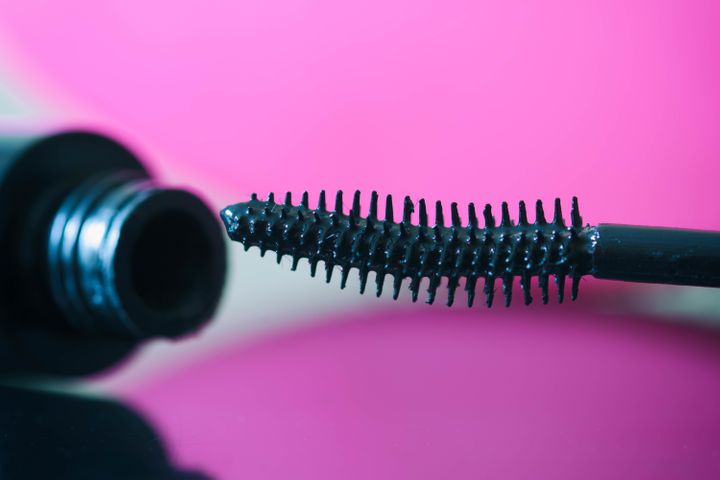
Hourglass Brush
The hourglass brush has a unique shape that resembles an hourglass figure. It’s wider in the middle and tapers at both ends, which allows for better control and precision. The hourglass brush is ideal for creating volume and length, as it can lift your lashes and coat them evenly.
The bristles on an hourglass brush may be different lengths and densities, which allows for better coverage and separation. The wider center of the brush is perfect for adding volume and length to your lashes, while the tapered ends can reach the inner and outer corners of your eyes.
The hourglass brush is ideal for those with medium to long lashes, as it can create a more dramatic effect without clumping or flaking. However, it may not be the best option for those with short lashes, as the wider center may not be able to reach all the hairs.
Comb Brush
The comb brush features tiny teeth or bristles that resemble a comb. This brush is ideal for separating and defining your lashes, as it can remove clumps and tangles. The comb brush is also perfect for those with thick or long lashes, as it can prevent them from sticking together.
The comb brush can also be used to apply mascara to your eyebrows, as it can help shape and define them. However, the comb brush may not be the best option for those with short or sparse lashes, as it may not be able to add volume or length.
Micro Brush
The micro brush features tiny bristles that are densely packed together. This brush is ideal for adding length and volume to your lashes, as it can coat each hair individually. The micro brush is also perfect for those with short or sparse lashes, as it can reach even the tiniest hairs.
The densely packed bristles on a micro brush can also prevent clumping and flaking, as they can distribute the mascara evenly. However, the micro brush may take longer to apply mascara as it can’t cover all the hairs at once.
Double-Sided Brush
The double-sided brush features two different brush heads on either end of the wand. This brush is ideal for those who want more versatility and control when applying mascara. One end may have a classic straight brush, while the other end may have a curved or tapered brush.
The double-sided brush can also be used to apply mascara to your lower lashes, as one end may have a smaller brush head. However, the double-sided brush may be more expensive than a single-headed brush, and it may be harder to store.
In conclusion, choosing the right mascara brush can make a significant difference in how your lashes look. The shape, size, and bristle type can impact the application, formula, and overall results of your mascara. Understanding the different types of mascara brushes and their features can help you choose the one that suits your needs and preferences.
Whether you want to add length, volume, curl, or definition to your lashes, there’s a mascara brush out there for you. From the classic straight brush to the double-sided brush, each brush has its unique advantages and disadvantages. Experimenting with different types of mascara brushes can help you find the perfect one for your lash game.

